3 years of Sequoia sempervirens, the species.
fotisr
11 years ago
Related Stories
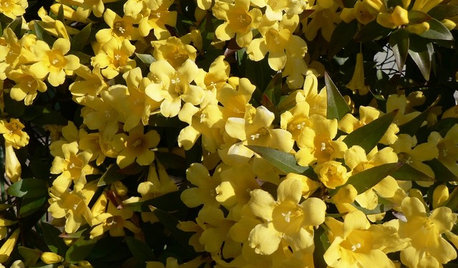
GARDENING GUIDESGreat Design Plant: Gelsemium Sempervirens
Plant Carolina jessamine in fall, and its flowers will signal spring before any other plants start blooming
Full Story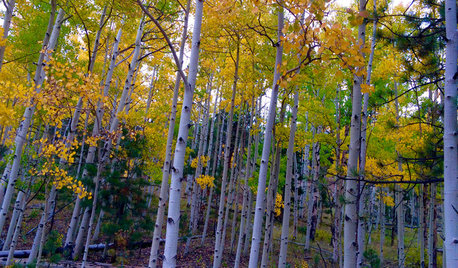
EARTH DAY‘Terroir’ Brings a Sense of Place to Your Landscape
Species native to and characteristic of your region firmly root your garden and landscape
Full Story
GARDENING GUIDESBackyard Birds: Invite Entertaining Hummingbirds Into Your Garden
Hummingbirds — unique to the Americas — zip through open landscapes seasonally or year-round. Here’s how to attract them
Full Story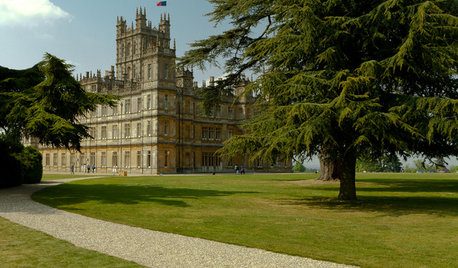
WORLD OF DESIGNEngland’s Most Famous Garden Designer Has These Tips for You
Lancelot 'Capability Brown' was born 300 years ago, but his ideas about naturalistic landscape design may be more relevant than ever
Full Story
GROUND COVERSNative Alternatives to English Ivy, Japanese Pachysandra and Periwinkle
These shade-loving ground covers are good for the environment and say something about where you are
Full Story
GARDENING GUIDESDesigning With Conifers: Find the Perfect Fit for Your Landscape
Conifers range from fairy-garden size to 70 feet tall. Here’s how to decifer the plant tag for the perfect long-term fit in your garden
Full Story
GARDENING FOR BUTTERFLIESGardening for the Bees, and Why It’s a Good Thing
When you discover how hard bees work for our food supply, you may never garden without them in mind again
Full Story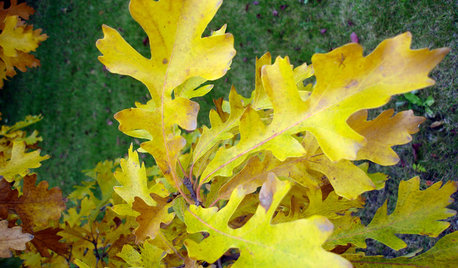
GARDENING GUIDESCelebrate Eastern Oaks for Wildlife, Longevity and Seasonal Interest
There might not be a more important tree to have in your eastern U.S. landscape — if you can fit one in
Full Story
REGIONAL GARDEN GUIDESCalifornia Gardener's March Checklist
Give natives and tropicals a well-deserved spotlight — plus, discover an easy herb that keeps on giving
Full Story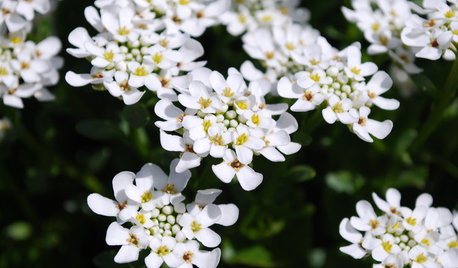
GROUND COVERSGreat Design Plant: Evergreen Candytuft for Glossy Winter Foliage
Keep your garden green through frosty days with this woody subshrub — then delight in sparkling white flowers come spring
Full Story





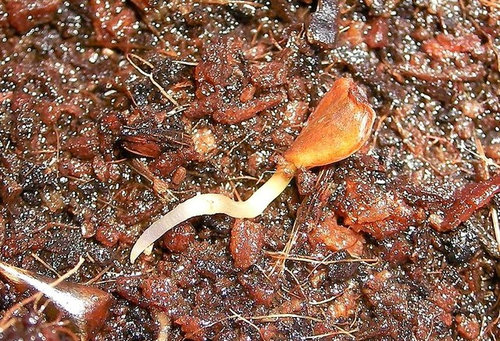






wisconsitom
fotisrOriginal Author
Related Professionals
Edmond Landscape Contractors · Columbine Landscape Contractors · Eustis Landscape Contractors · Fort Mill Landscape Contractors · Golden Gate Landscape Contractors · Long Beach Landscape Contractors · Methuen Landscape Contractors · New Braunfels Landscape Contractors · New Providence Landscape Contractors · Palos Verdes Estates Landscape Contractors · Pleasant Hill Landscape Contractors · Rockland Landscape Contractors · Tamarac Landscape Contractors · View Park-Windsor Hills Landscape Contractors · Suisun City Landscape ContractorsfotisrOriginal Author
davidrt28 (zone 7)
davidrt28 (zone 7)
fotisrOriginal Author
greenlarry
davidrt28 (zone 7)
fotisrOriginal Author
fotisrOriginal Author
Cher
greenman28 NorCal 7b/8a
gardener365
davidrt28 (zone 7)
fotisrOriginal Author
fotisrOriginal Author
davidrt28 (zone 7)
pineresin
wisconsitom
fotisrOriginal Author
coniferjoy
wisconsitom